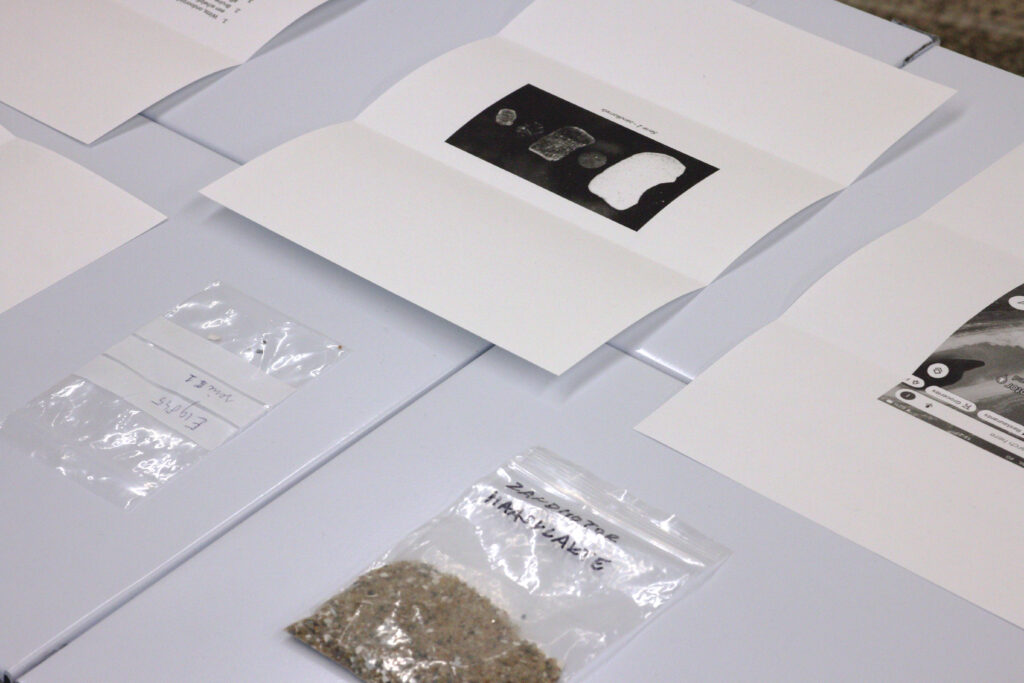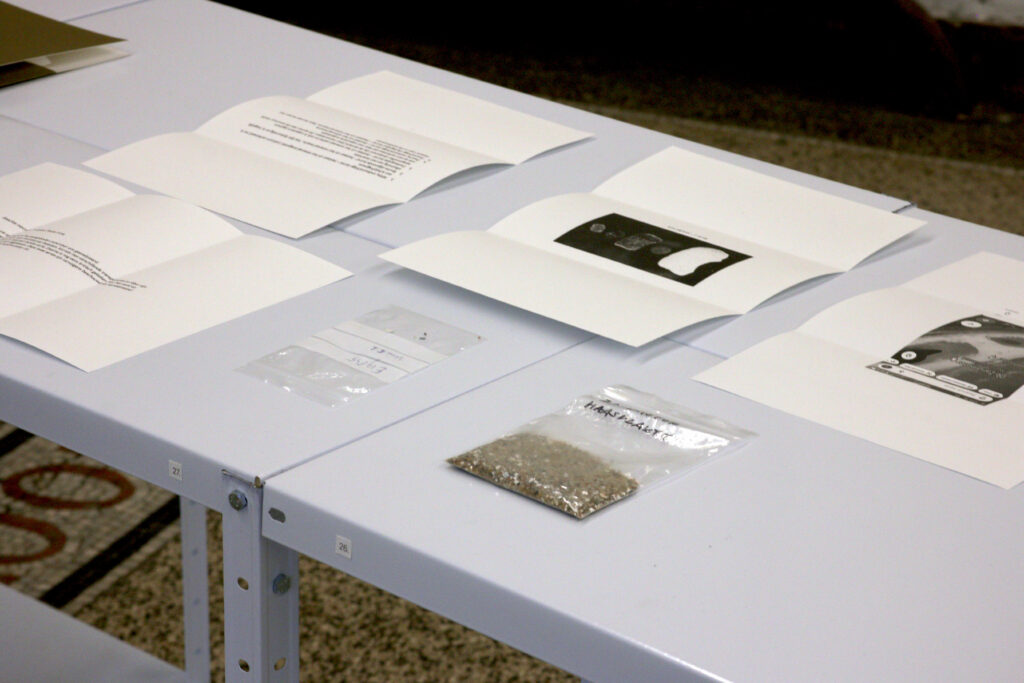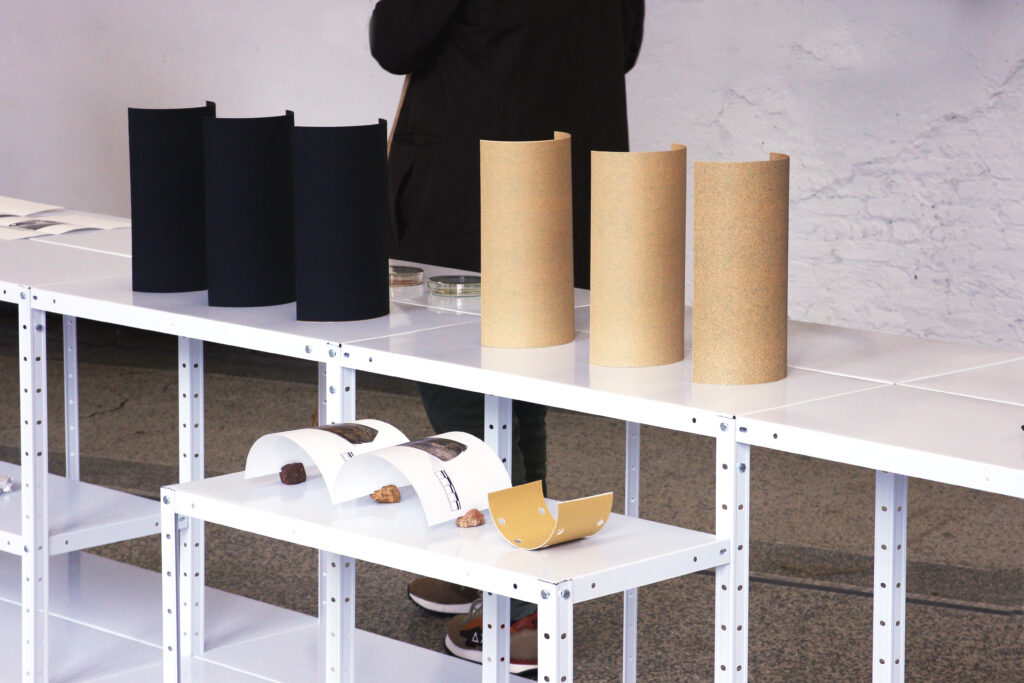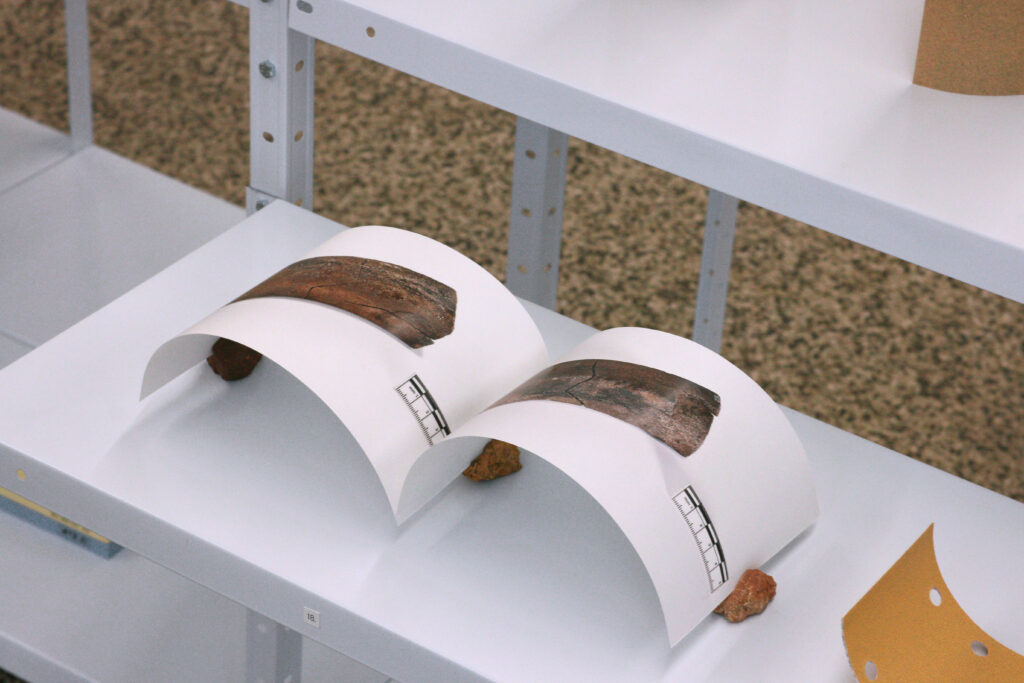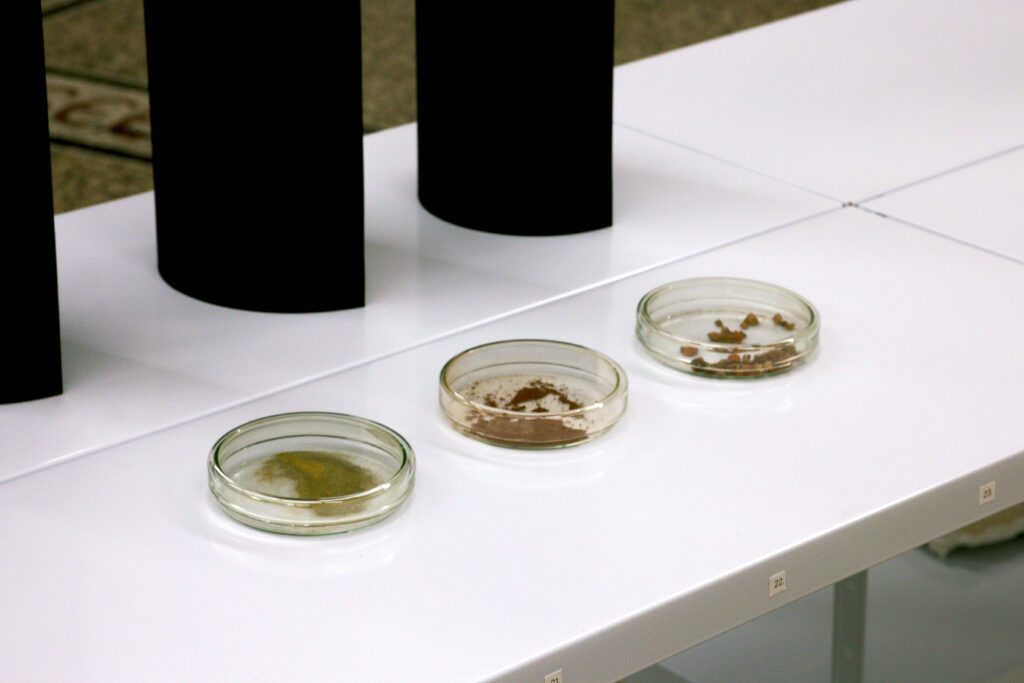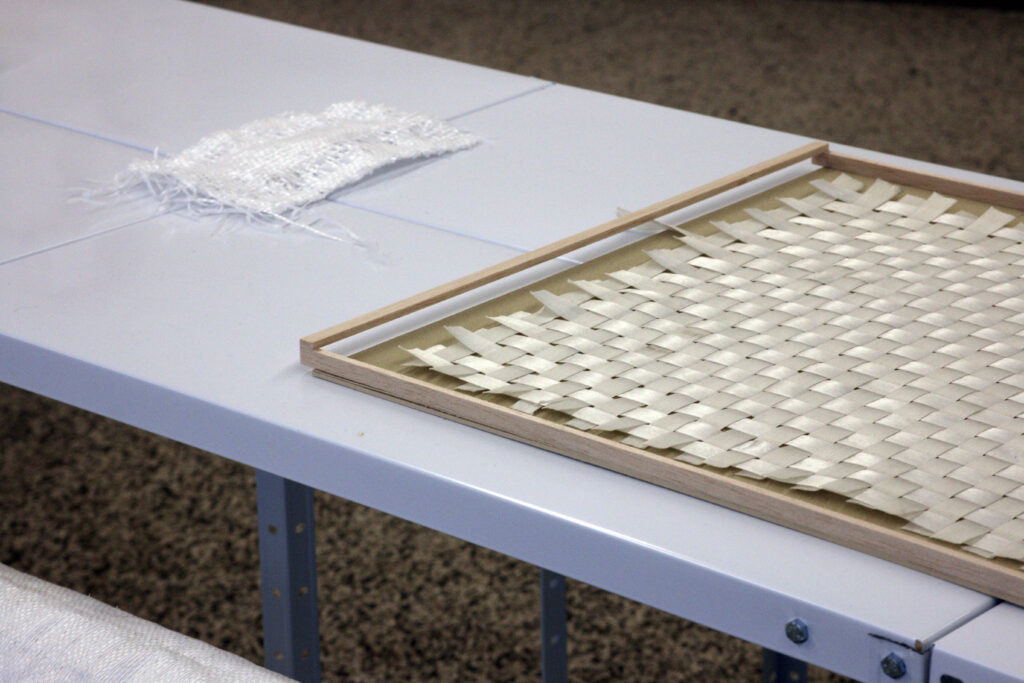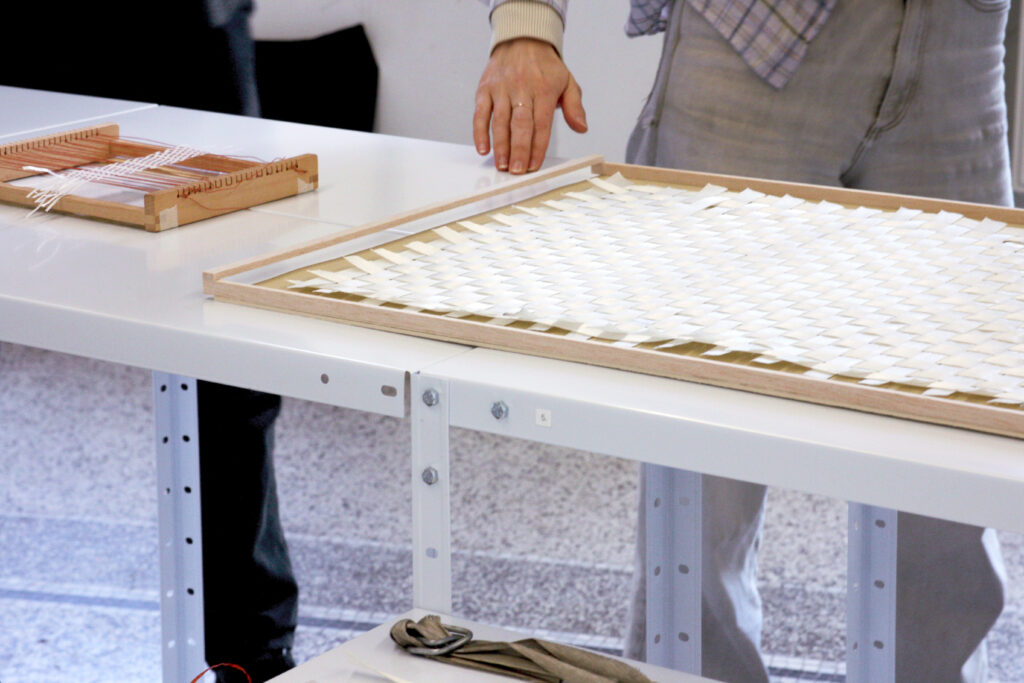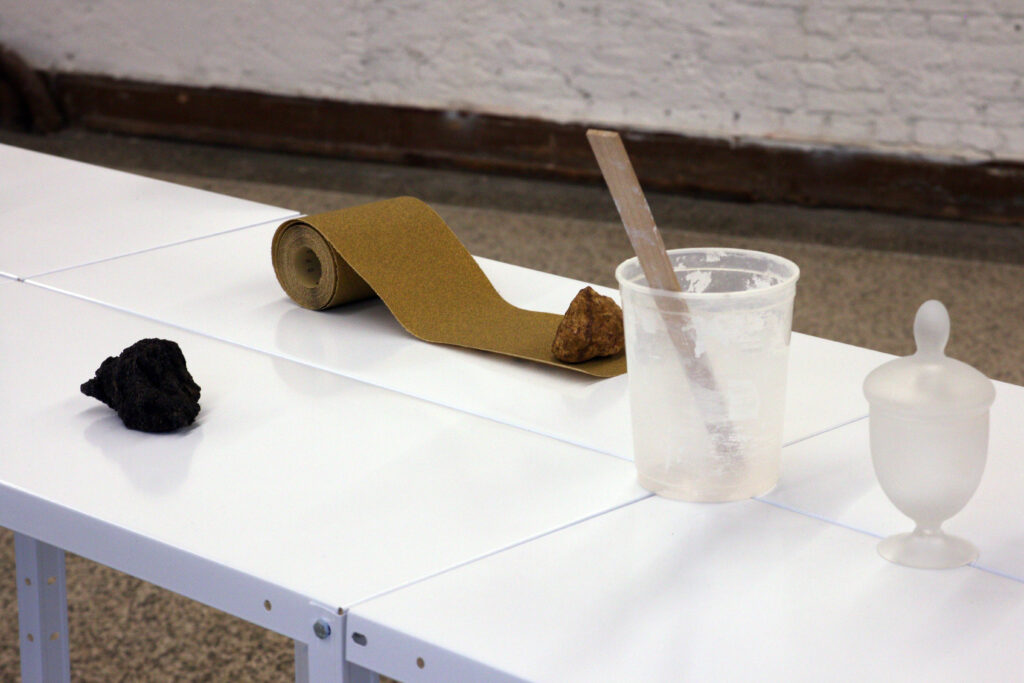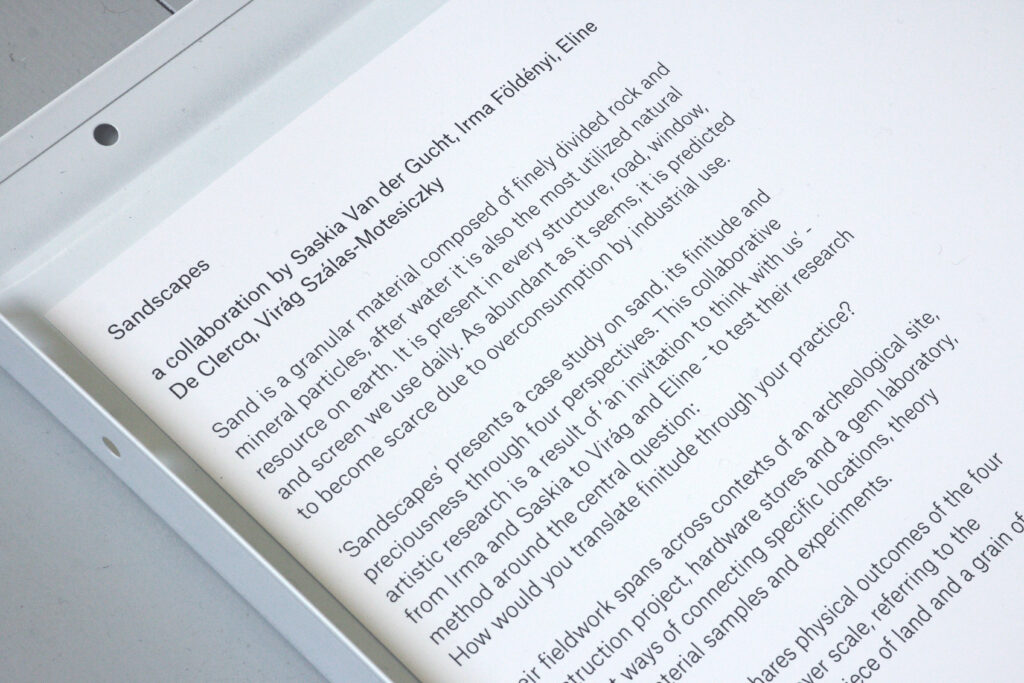‘Sandscapes’ is a case study on sand, its global finitude and preciousness through four perspectives.
After more than three years of close and fruitful collaboration between Saskia van Der Gucht and Irma Foldenyi as artistic researchers - at Sint Lucas Antwerpen - we are rounding the research on sand with an exhibition at Kunsthal ExtraCity Antwerpen, Morpho Space. This collaborative presentatioin is a result of 'an invitation to think with us’ - from Irma and Saskia to Eline De Clercq and Virag-Szalas Motesiczky around the central question: How would you translate finitude through your practice?
The works span across contexts of an archeological site, a construction project, hardware stores and a gem laboratory, looking at ways of connecting specific locations and histories through sand. The works are presented together as one, where the individual perspectives merge into a collective search process on the preciousness of sand.
Contributions:
Irma Foldenyi: A handful of sand from the Zandmotor (NL) Beach that I have sent to theNetherlands Gemstone laboratory to understand how the value of sandat small - on the level of grains - is changing while sand at largeis becoming highly sought for worldwide. Analysing sand with thetools for valuing gemstones is measuring stones against diamond.
Saskia Van der Gucht: Empty construction sandbags - that are safe to carry up to a thousand times its own weight - are usually cut open on the bottom side and made disposable after one use. Mending the cut meant patiently weaving alongside the torn edges until they softly join forces again, and the bag is not as strong asit was before repair.
Virag-Szalas Motesicky: Cathegorisation,representation, and substitution of sand in the context of thehardware store, which functions as a standardized space whereindustry and DIY communities meet. The surface finishing techniquesand their tools triggered a specific focus on how sand ischaracterised and referred to.
Eline De Clercq and Saskia Vander Gucht:
“In May 2023, after contacting the city department of archaeology, we got a chance to visit the site of the Oosterweel construction on the left bank of the river Scheldt. … We were allowed to take some of this sand with us in firm large ziplock bags given to us by the archaeology department. … We wanted to make a container in the same way we got the sand: by digging a block of wet clay of 10 kilo.”
